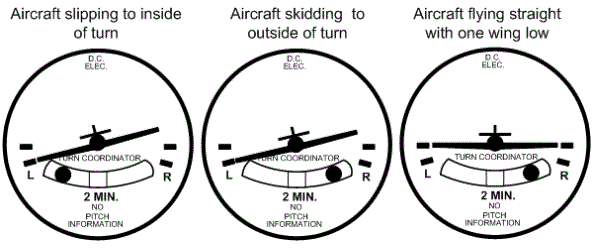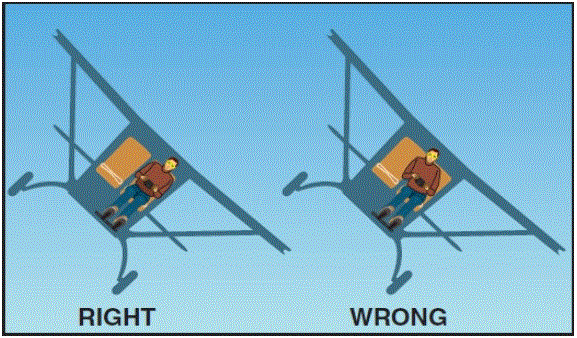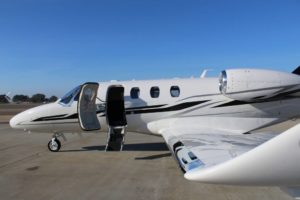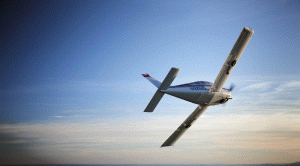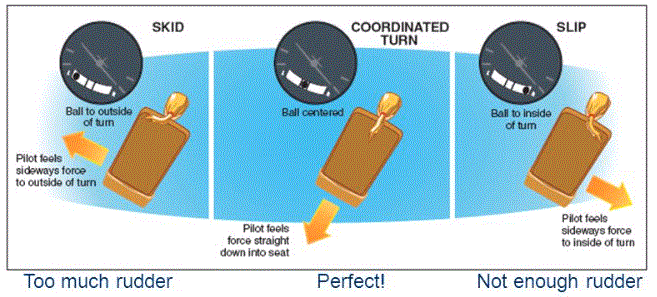
https://slideplayer.com/slide/4569434/
Aircraft maneuvering is referenced to a standard rate turn,[1] also known as a rate one turn (ROT).
A standard rate turn is defined as a 3° per second turn, which completes a 360° turn in 2 minutes. This is known as a 2-minute turn, or rate one (180°/min). (https://en.wikipedia.org/wiki/Standard_rate_turn)
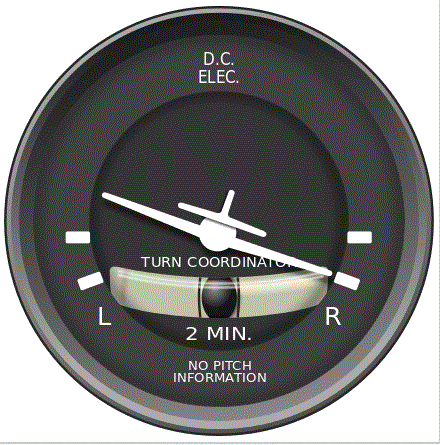
Photo Credit: https://en.wikipedia.org/wiki/Standard_rate_turn
During the bank, the aircraft loses altitude unless additional lift is created by increasing the Angle of Attack (AOA) of the ailerons until the vertical component of lift is again equal to the weight.
“A small angle of bank results in a small reduction in airspeed while a large angle of bank results in a large reduction in airspeed. Additional thrust (power) must be applied to prevent a reduction in airspeed in level turns. The required amount of additional thrust is proportional to the angle of bank.”
Section 5-23 in Pilot’s Handbook of Aeronautical Knowledge
The pilot banks the airplane such that the turn and slip indicator points to the mark appropriate for that aircraft and then uses a clock to time the turn. The pilot can roll out at any desired direction depending on the length of time in the turn.
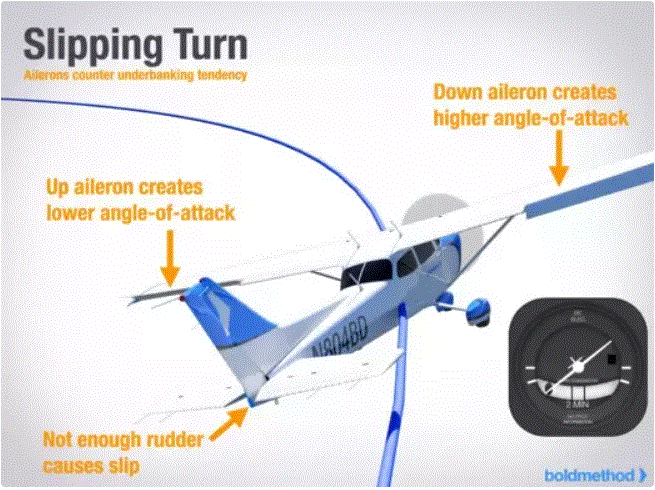

During a constant-bank level turn, increasing airspeed decreases the rate of turn, and increases the turn radius.
